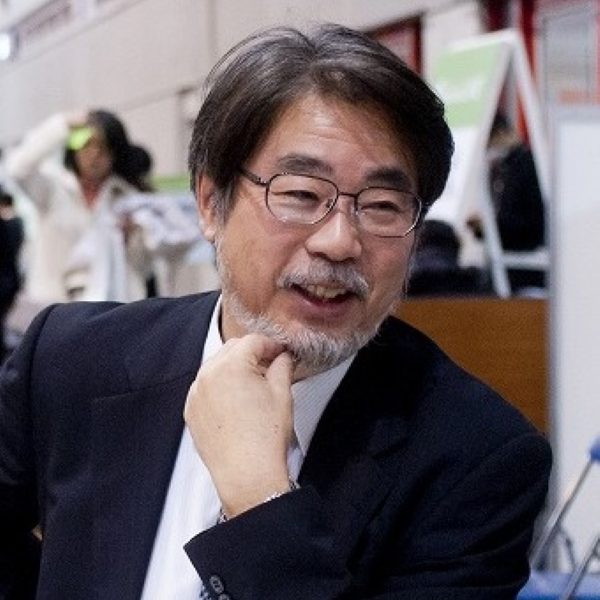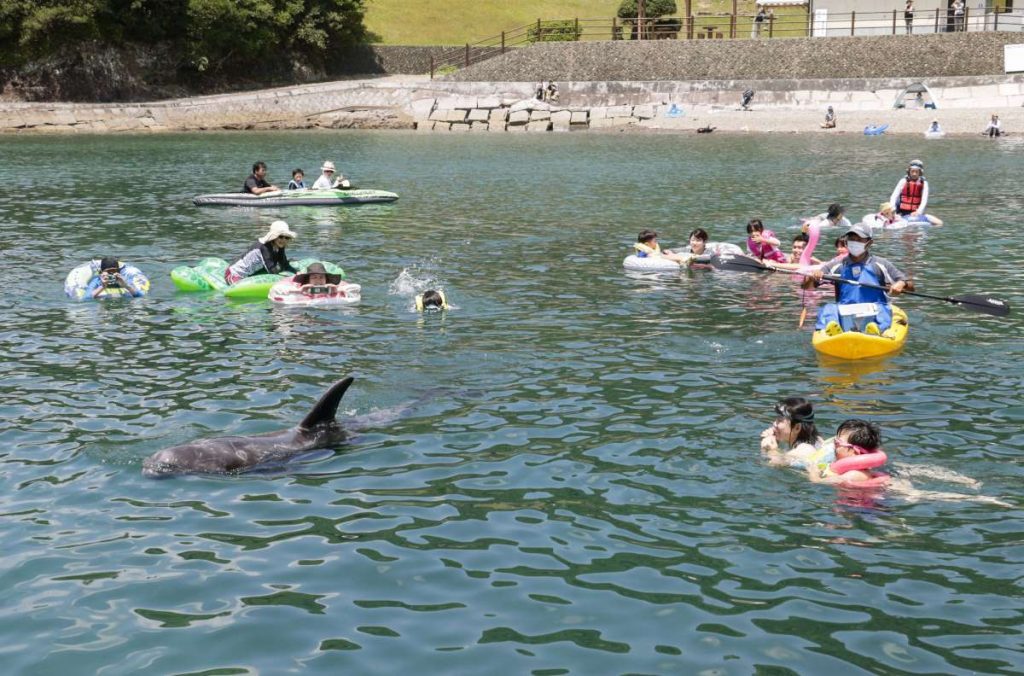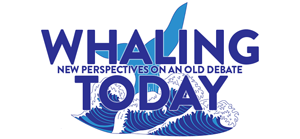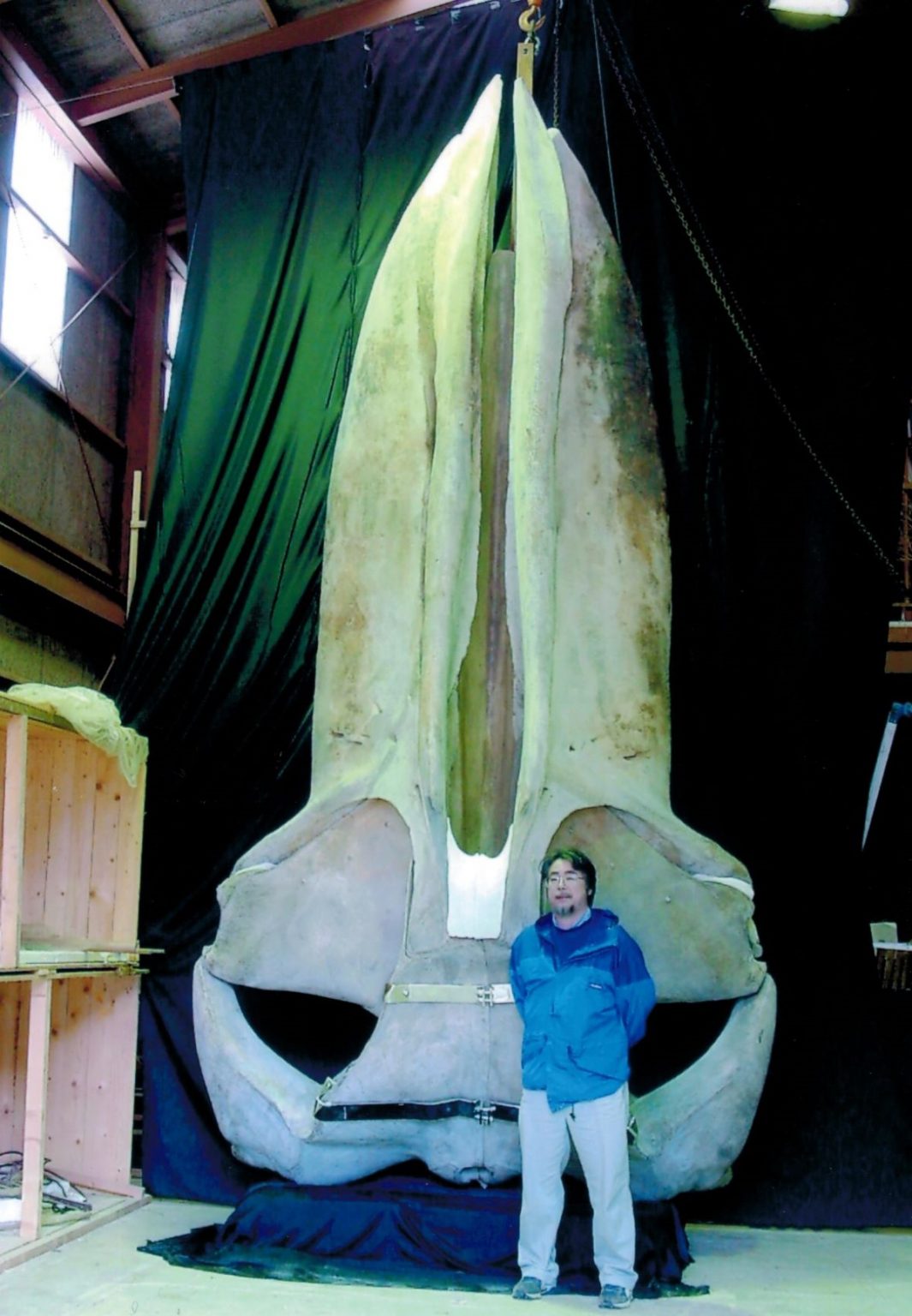Part 2 of 2
Read Part 1: INTERVIEW | Hidehiro Kato on Optimism for the Future of Whales
In October 2022, the International Whaling Commission (IWC) will hold a meeting in Slovenia.
This is the second of two articles based on a conversation with Dr Hidehiro Kato, one of Japan’s top whale scientists, who has been a member of the Commission’s Scientific Committee for over four decades and formerly served as scientific cruise leader for the first Japanese research whaling expeditions in the Antarctic.
From Science-Based Management to Gridlock
In his decades of involvement with the International Whaling Commission (IWC), Hidehiro Kato, one of Japan’s leading whale scientists, watched as the organization gradually became politicized and gridlocked. Member nations grew sharply divided over whether the IWC should uphold its original charter to oversee sustainable whaling in international waters.
The debates became especially heated after the commission passed a blanket moratorium on commercial whaling in 1982. The IWC’s charter called for decisions to be made on the advice of a Scientific Committee made up of whale experts from around the world, but such decisions became increasingly based on outside influences such as environmental groups.
Kato, who is currently Professor Emeritus at the Tokyo University of Marine Science and Technology and an advisor at Japan’s Institute for Cetacean Research, said what disappointed him most was that the science itself began to be affected as well, including his own research.

“There began to be interference in the research. Whatever was put forth, there would never be a conclusion,” he said. “If one plus one equaled two, someone would always say, ‘well, we can’t be sure.’”
Anti-Whaling Politics Seeps Into Scientific Decisions
One example was the interplay between stocks of blue whales and minke whales in the Antarctic. Early policies of the IWC had led in part to larger whales being targeted over smaller ones, and thus the larger species suffered the steepest declines in numbers under commercial whaling.
The blue whale, the largest of the whales, was especially targeted, and remains endangered today. Meanwhile, smaller species such as the minke whale were far more plentiful. This led to an interesting ecological phenomenon, which was one of the subjects of Kato’s PhD.
“There is ecological competition between Antarctic minke whales and blue whales. They inhabit the same areas, and eat the same food. Blue whales were hunted in very large numbers, creating some vacant ecological niches, which were occupied by the minke whales. The number of minkes increased dramatically due to the increase in nutrients available per whale, and so blue whales didn’t increase at all, even when they were no longer targeted by whaling,” he said.
Measurements in the Antarctic showed that minke whales were maturing faster and thus producing more offspring, making it even more difficult for blue whales to recover. This led to the obvious solution of thinning out the minke whales. Kato’s research showed that they existed in plentiful numbers, were hampering the recovery of an endangered species. and this would lead to the evaluation that their products could be utilized by whaling countries such as Japan. But this was politically untenable for anti-whaling countries, even those that carried out thinning of other species such as deer and kangaroos.
“From the point of view of the IWC Scientific Committee, if this research was accepted, it would naturally lead to the expansion of the catch quota for minke whales. But this would be a problem. We debated about this issue for 15 years,” Kato said.
Politics Trumps Science
The research was finally accepted by the committee through considerable discussions prior to a special meeting in 1993, but the moratorium meant that no approval of minke whale hunts could be implemented. Today, blue whales in the Antarctic remain under strict worldwide protection but are still endangered, although their numbers are slowly recovering.
Kato cites another example of politics trumping science in the International Whaling Commission.
The Revised Management Procedure (RMP) created by the Scientific Committee was a science-based, computerized method for determining if sufficient stocks existed in the wild to allow for strictly managed whale hunts of specific species. The RMP was designed to be straightforward, generating results directly from research data.
“In order to keep this process from moving forward, many prerequisites were created, deeply complicating matters. The IWC had approved this procedure, but before it could start, aspects of its implementation were deeply scrutinized,” he said. “Very complicated scientific conditions were put into place.”
One such condition involved the stock structure of whale populations, defined in terms of genetic units. If a proposal was made that a stock of a certain whale species was actually made up of several different management units with slightly differing genetics, that would greatly complicate the process and hold up implementation of the RMP.
“The easiest thing to complicate was the issue of stock structure,” Kato said. “As long as there was any possibility of such a thing, applying the RMP to the management of a whale stock was limited.”
The Whale Watching Debate
Still, Kato has many positive memories of his time in the Scientific Committee. As a scientist, he had been working alone in Hokkaido trying to gather data on seal populations there. He credits his first Antarctic trip as a member of the committee in the 1978/79 season for introducing him to an international group of scientists and kick-starting his career as a cetacean scientist.
Later he became the chairman of the Scientific Committee’s subcommittee on whale watching, a post he held for 14 years. He said it provided insight to a field he knew little about when he started, and allowed him to interact with other scientists from around the world.
“The line of thinking is that when various people are voicing their opinions, it’s best if the chairperson has no opinion of their own, so they oversee the debate,” Kato said.
“I was a near layman about whale watching, so in that way I became the chairman.”

When he started, whale watching was seen as a counter activity to whaling, so people usually picked one side or the other. But over time this simplistic view evolved to encompass different cultures and activities.
“It became clear that within ‘sustainable use’ there is whale watching, swimming with whales, and whaling,” he said. “My post gave me the opportunity to consider what the relationship between whales and humans should be.”
A Tide Shift at the IWC in 2018
In 2018, the IWC issued the Florianópolis Declaration, which officially shifted the purpose of the group from whaling management to whale conservation. Japan, which voted against the declaration along with over two dozen other nations, announced it was leaving the IWC shortly after.
Japan continues to work with the Scientific Committee, however. It even donated the research vessel used in the committee’s own current “POWER” research cruises. The cruises collect scientific data on whales in the North Pacific Ocean using sightings, photo identification, biopsies, acoustic analysis, and other methods. Japanese scientists work alongside researchers from countries such as South Korea, the United States, Russia, Mexico, and the United Kingdom.
The committee remains an active and global center for whale research. At its meeting held earlier this year, over 500 individuals attended.
“It’s important to keep collecting scientific data so that we have a sequence over time. I hope I can contribute to this effort,” Kato said.
“Another reason, and you can look at the situation in Ukraine as an example, is that Japan doesn’t want to become isolated internationally.”
End
RELATED:
(This article is published in cooperation with the Institute of Cetacean Research. Let us hear your thoughts in our comments section.)
Author: Jay Alabaster


複雑な前提条件がつけられ、RMPは動けなくなってしまっているようですね。鯨類も含め南氷洋の海洋生物資源の管理と安全な利用法を確立することが科学者に課せられた任務だと思います。